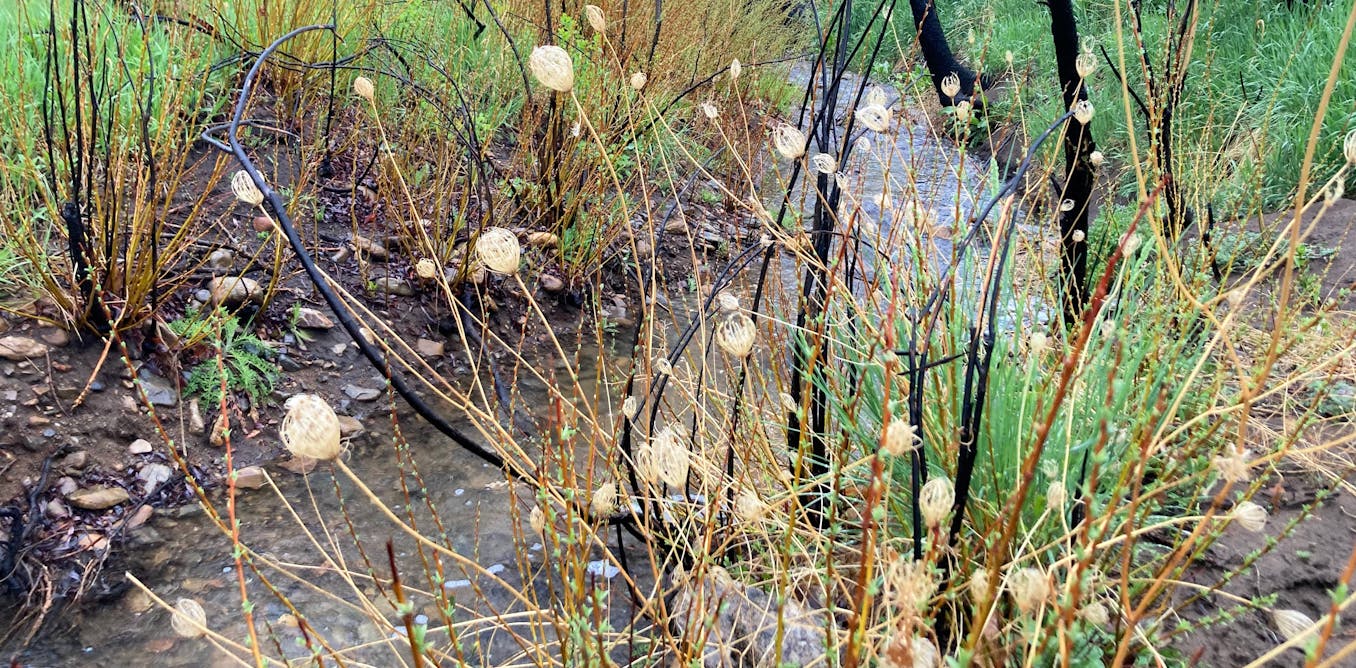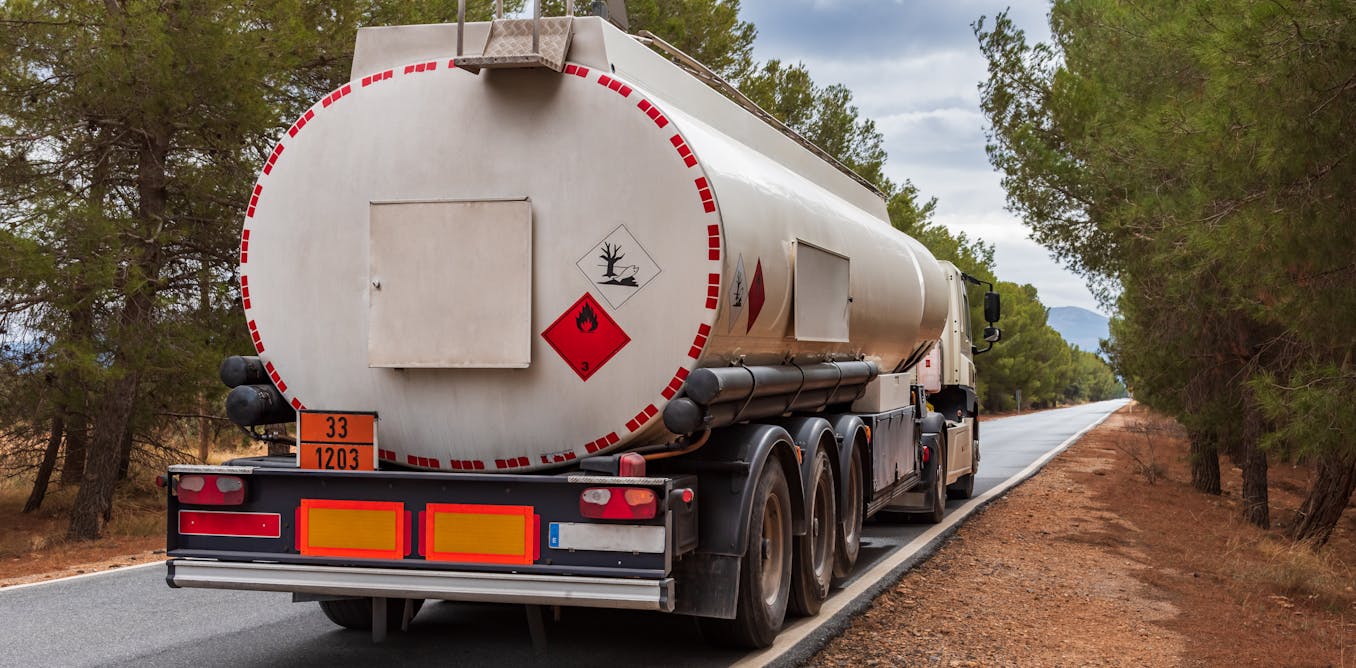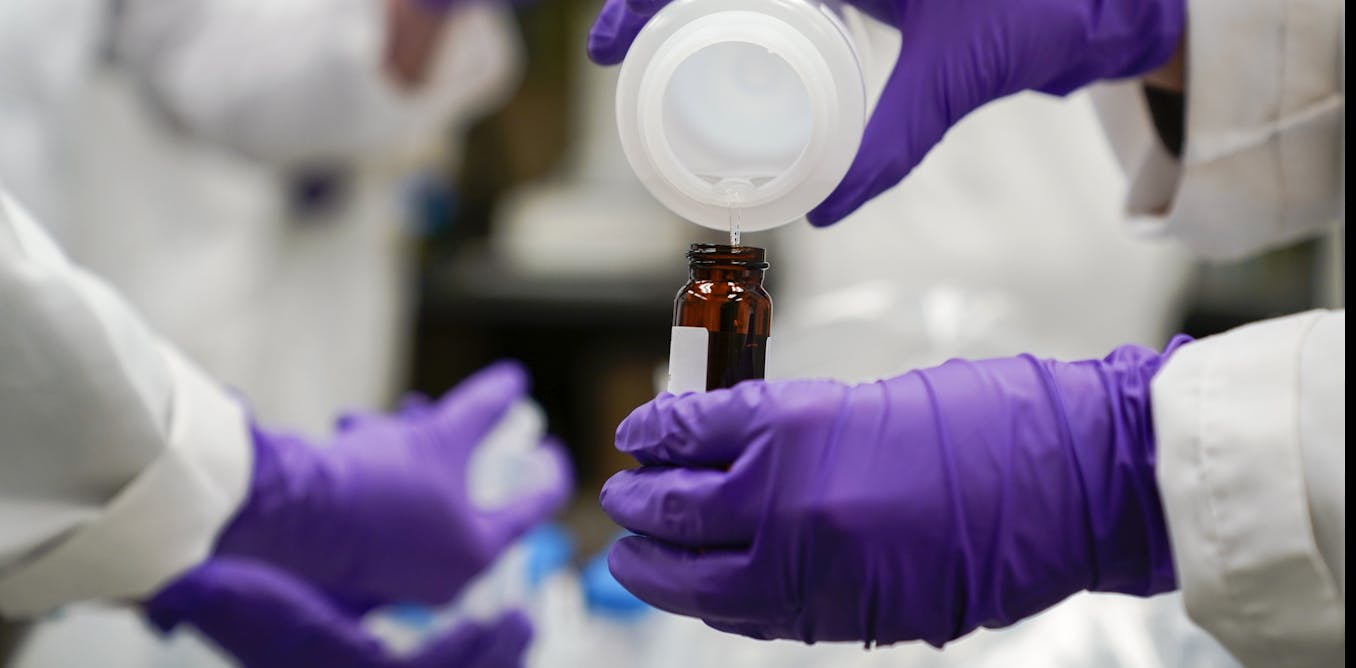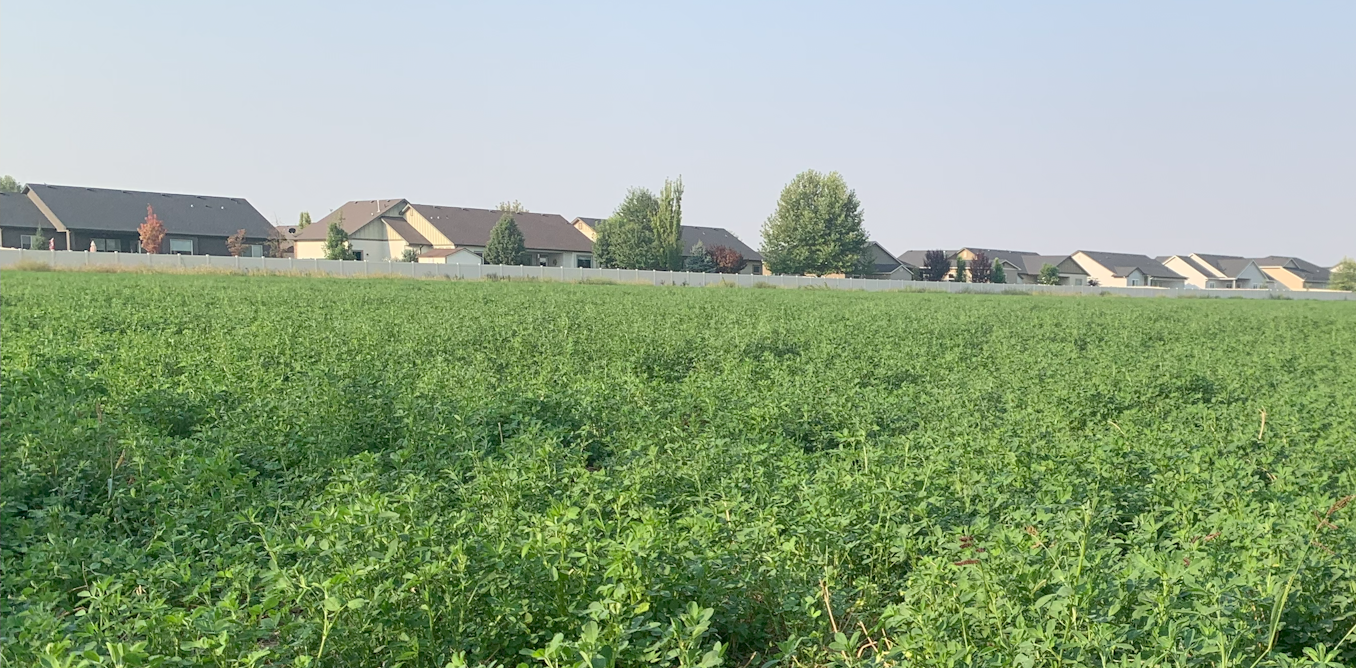Urban wildfires disrupt streams and their tiny inhabitants − losing these insects is a warning of bigger water problems
After wildfires in California and Colorado cities, levels of harmful metals in the water jumped. Nature sent up a red flag.
Aug. 26, 2024 • ~10 min








